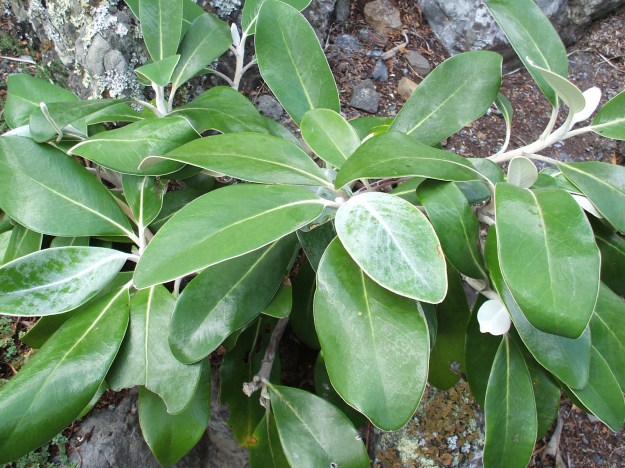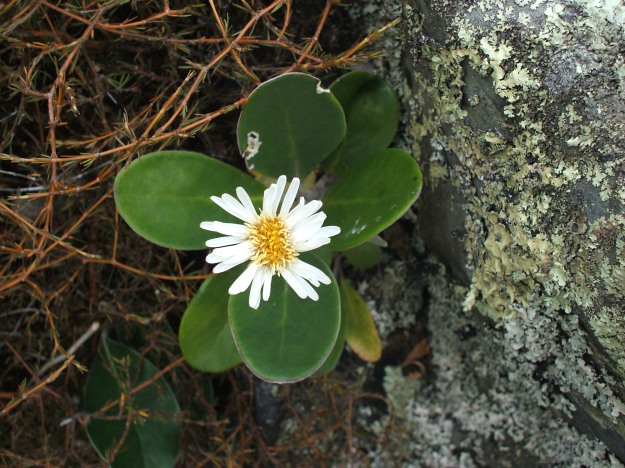For a Sunday afternoon outing yesterday we headed back to Otari Bush Reserve. This time we chose to visit the area up by the Information Centre and the unique Otari Open Air Plant Museum.
Otari Plant Museum
“An area of approximately 150 acres at Wilton was purchased by the Government in 1907 and proclaimed a scenic reserve, the area in 1918 being vested in the Wellington City Council. In 1927, largely at the instigation of Cockayne and J. G. Mackenzie, then Director of Parks, it was set aside as a reserve for the planting of as complete a collection as possible of the indigenous plants of the New Zealand Botanical Region, and for the protection and improvement of the forest already there. Known today as the Otari Open Air Plant Museum, this area now includes plants brought from all over New Zealand. These are all clearly labelled with reference to a register giving particulars of each plant. The establishment of the fine rock garden at the main entrance to Otari has been the work of W. B. Brockie. Hundreds of species have been collected, or sent in by enthusiasts, from hills and alpine regions. Here are to be found Raoulia (vegetable sheep), the sweet-scented Myosotis traversii, the tiny white Pimelia prostrata, the pygmy pine (Dacrydium laxifolium), and many species of Hebe and other genera.”
Source: http://www.teara.govt.nz/en/1966/flora-and-fauna-preservation-of/page-3

Sadly the extremely dry conditions we have been experiencing this summer meant the gardens were looking rather woe-begone in places but we did spot some interesting plants and views.
Lancewoods with branches like chimney-sweep brooms.

Plants with spikey, dry flowers or seed pods which rather suited the crispy, crackly, desiccated drought conditions.

Grasses bleached white by the sun and lack of rain. Wispy but tenacious.

A view down the hill to another section of this wonderful garden where lines and order contrasted with the more casual area of these other photos.

And then a surprise as the sound of a trickle of water drew us to a pond with pretty fish and reeds, small and large.


The finale of this part of our visit came with the discovery of this splendid Marlborough Rock Daisy.

Its leaves are leathery, green and in this plant very glossy. The underside of the leaf has a soft furry feel in contrast. It is a very hardy plant. Once established it can survive salt and strong winds.
Its flower is another feature that attracts gardeners to include it in rock gardens (as it is here) and on exposed parts of sections.


You have such a treasure in Otari.
It is certainly a very special place and one I really love to visit.
I would also like to visit. What a variety of plants.
I have many plants in my house. And I love my garden.
I love gardening too. Otari has some very special plants to enjoy.
Pingback: A walk in the Tree tops | ordinarygoodness
What an interesting place. It’s good to see some unusual plants.
I just hope budget cuts and constraints do not diminish the important work that this Museum was set up to do. Some of the name tags were missing or almost impossible to read. Nevertheless it is a great place to visit with so many different offerings to enjoy.